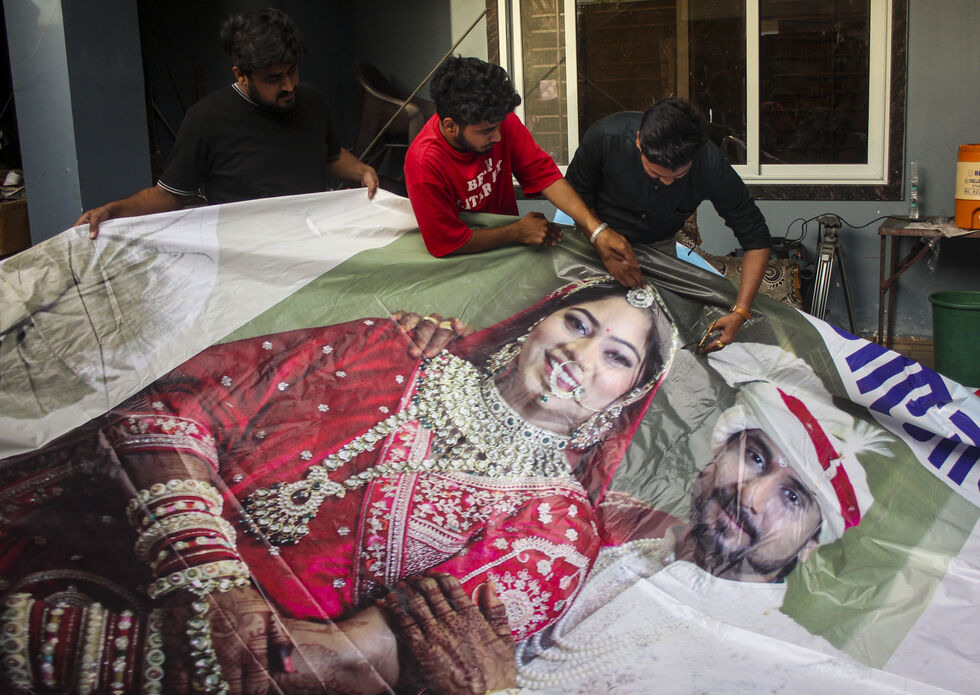Manipur Turmoil Demands a Legal Overhaul
By Dipak Kurmi
In the heart of Imphal, Manipur, a historic struggle unfolded that reverberated across India, echoing the unyielding spirit of a people determined to protect their identity and rights. On May 3, 2023, the Indo-Myanmar border near Kangla Fort, the symbolic royal seat of Manipur, became the epicenter of a fierce protest led by the Arambai Tenggol (AT) and its Meitei legislators. This movement, driven by 38 courageous legislators under the leadership of Kourounganba Khuman and Robin Mangang, was not merely a demonstration but a profound act of bravery—one that challenged systemic violence, sought to dismantle armed groups, and demanded justice for a region long marred by conflict. The AT’s protests at Kangla Fort were a clarion call for the restoration of peace, the protection of cultural heritage, and the assertion of democratic principles, culminating in a time-bound demand for the removal of armed groups by June 7, 2024. This article delves into the intricacies of this movement, exploring its historical context, the motivations of its leaders, and the broader implications for Manipur and India’s democratic framework.
The Arambai Tenggol, a Meitei-led organization, emerged as a formidable force in Manipur, driven by a deep-seated commitment to safeguard the state’s cultural and territorial integrity. The protests at Kangla Fort were a direct response to the escalating violence perpetrated by armed groups along the Indo-Myanmar border, an area long plagued by smuggling and militancy. The AT, alongside its Meitei legislators, accused the police of complicity in the smuggling of arms, a charge that fueled their resolve to confront the state apparatus head-on. This was no ordinary protest; it was a meticulously planned act of resistance, with the AT issuing a time-bound ultimatum to dismantle armed groups by June 7, 2024. The date was not arbitrary—it was a calculated move to pressure the state into action, reflecting the urgency of the situation in a region where violence had become a daily reality for its citizens.
Kangla Fort, the site of this historic protest, holds profound significance for the people of Manipur. As the ancient royal seat of the Meitei kingdom, it stands as a symbol of cultural pride and resilience. The choice of this location was deliberate, underscoring the AT’s determination to connect their struggle to Manipur’s storied past. The fort’s walls, steeped in history, bore witness to the impassioned pleas of 38 legislators who, under the leadership of Kourounganba Khuman and Robin Mangang, demanded an end to the violence that had long plagued their state. These legislators, representing a broad spectrum of political affiliations, including the Manipur Pradesh Congress Committee, were united in their call for justice. Among them were notable figures such as Th Biren Singh and Leishamba Sanajaoba, whose presence lent weight to the movement. Their involvement signaled a rare unity among Manipur’s political class, a unity born out of necessity in the face of a common enemy: the armed groups that had terrorized the region for decades.
The protests were not without controversy. The AT’s methods, which included a brazen display of arms, drew criticism from some quarters. Yet, for the Meitei legislators, this was a necessary act of defiance against a state apparatus that had failed to protect its people. The violence in the Imphal valley, exacerbated by the presence of armed groups, had reached a tipping point by May 2023. The AT’s decision to protest at Kangla Fort was a strategic one, aimed at galvanizing public support and pressuring the government to act. The movement gained further momentum with the involvement of Kanchan Singh, a former police commander and one of the AT’s most prominent leaders. Singh, who had earned a reputation as a fearless advocate for justice, became a symbol of the movement’s resolve. His leadership, alongside that of Khuman and Mangang, inspired thousands to join the cause, transforming the protest into a mass movement that could not be ignored.
At the heart of the AT’s demands was a call for the protection of Meitei identity and the restoration of peace in Manipur. The Meitei community, which forms the majority in the Imphal valley, has long felt marginalized by the central government’s policies. The influx of arms across the Indo-Myanmar border, coupled with the rise of militancy, had exacerbated these tensions, leading to a sense of insecurity among the Meitei population. The AT’s protests were a direct response to this crisis, with the organization calling for the dismantling of armed groups and the restoration of law and order. The movement also sought to address the broader issue of democratic representation, with the AT demanding that the voices of Manipur’s citizens be heard in the corridors of power. This call for representation resonated deeply with the people of Manipur, who had long felt sidelined by the central government’s policies.
The protests at Kangla Fort were not an isolated event but part of a broader struggle for justice in Manipur. On January 24, 2024, just months before the AT’s ultimatum was set to expire, Meitei legislators under the aegis of the Arambai Tenggol launched a six-point public oath to aggressively push for the protection of Meitei identity and the restoration of peace in the region. This oath, taken in the presence of thousands of supporters, was a powerful statement of intent, signaling the AT’s unwavering commitment to its cause. The movement gained further traction on June 7, 2024, when the AT and its supporters gathered in New Delhi to press their demands. The choice of the national capital as the site of this protest was significant, underscoring the AT’s determination to take their fight to the heart of India’s political establishment. The protest in New Delhi, led by Kanchan Singh and 10 other Meitei leaders, was a powerful reminder of the resilience of Manipur’s people and their refusal to be silenced.
The AT’s movement also highlighted the deep divisions within Manipur’s political landscape. While the protests at Kangla Fort were led by Meitei legislators, they were met with resistance from other communities, including the Kuki and Naga, who accused the AT of pursuing a majoritarian agenda. These tensions, rooted in Manipur’s complex ethnic and political history, underscored the challenges of achieving lasting peace in the region. Yet, despite these challenges, the AT remained steadfast in its demands, calling for a united front against the armed groups that had long terrorized the state. The movement’s emphasis on democratic principles and the rule of law resonated with many in Manipur, who saw in the AT a beacon of hope in a region long plagued by violence.
The protests at Kangla Fort also had broader implications for India’s democratic framework. The AT’s call for the dismantling of armed groups and the restoration of law and order was a direct challenge to the central government’s policies in the Northeast. The movement highlighted the need for a more inclusive approach to governance, one that takes into account the unique challenges faced by states like Manipur. The AT’s demands for the protection of Meitei identity and the restoration of peace were not just a call for justice in Manipur but a broader critique of India’s approach to its peripheral states. The movement’s emphasis on democratic representation and the rule of law served as a powerful reminder of the importance of these principles in a country as diverse as India.
In the aftermath of the protests, the AT’s demands began to bear fruit. The central government, under pressure from the movement, took steps to address the issue of armed groups along the Indo-Myanmar border. While the process was slow and fraught with challenges, the AT’s protests had succeeded in bringing the issue to the forefront of India’s political discourse. The movement also inspired a new generation of activists in Manipur, who saw in the AT a model for how to effect change in a region long plagued by violence. The protests at Kangla Fort, led by Kourounganba Khuman, Robin Mangang, and Kanchan Singh, were a testament to the power of collective action and the resilience of a people determined to secure their future.
The protests at Kangla Fort were a defining moment in Manipur’s history, a moment that showcased the courage and determination of its people. The AT’s movement, driven by a commitment to justice and the protection of Meitei identity, was a powerful reminder of the importance of democratic principles and the rule of law. While the road to peace in Manipur remains long and fraught with challenges, the protests at Kangla Fort served as a beacon of hope for a region long plagued by violence. Through their bravery and resilience, the AT and its Meitei legislators demonstrated that even in the face of overwhelming odds, the pursuit of justice can prevail.
(the writer can be reached at dipakkurmiglpltd@gmail.com)




